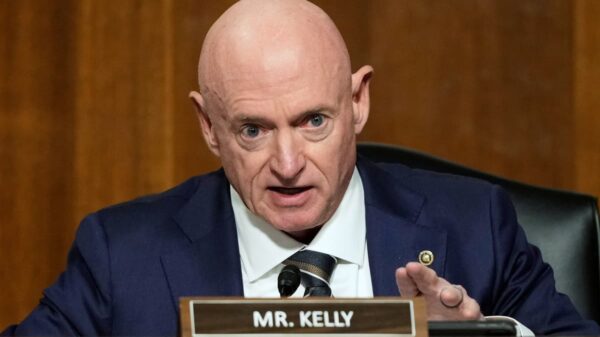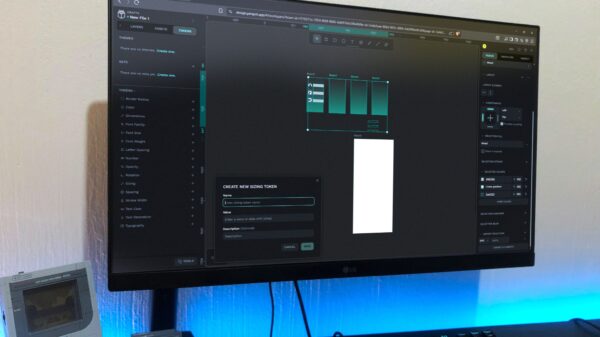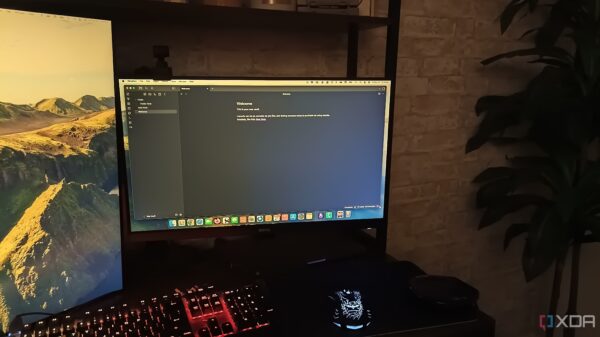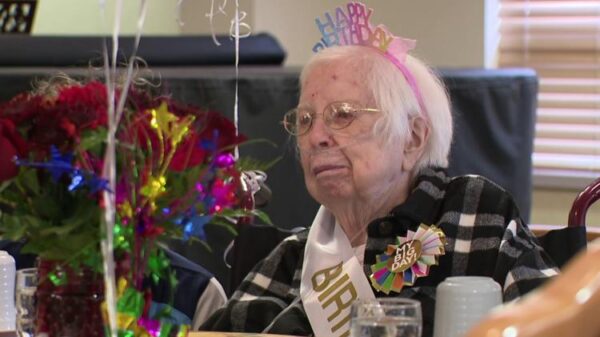A recent study from Northwestern Medicine reveals that current lung cancer screening guidelines may be overlooking a significant number of patients, particularly younger adults and non-smokers. Published in JAMA Network Open, the research analyzed nearly 1,000 lung cancer patients treated at Northwestern Medicine between 2018 and 2023. The findings call for a reevaluation of existing protocols, particularly those established by the U.S. Preventive Services Task Force (USPSTF).
The USPSTF currently recommends annual CT scans for adults aged between 50 and 80 years who have a smoking history equivalent to at least a 20 pack-year rate. This means having smoked one pack of cigarettes daily for 20 years or equivalent exposure. Alarmingly, only about 35% of lung cancer patients analyzed met these criteria for screening. Consequently, roughly two-thirds of patients diagnosed would not have been identified for testing prior to their diagnosis.
Dr. Luis Herrera, a thoracic surgeon at Orlando Health, highlighted the shortcomings of the current approach, stating, “Not only does that approach miss many patients who had quit smoking in the past or did not quite meet the high-risk criteria, it also misses other patients at risk of lung cancer, such as non-smokers.”
The study uncovered that many patients overlooked by the current guidelines were more often women, individuals of Asian descent, and those who had never smoked. These patients frequently presented with adenocarcinoma, the most common lung cancer type among non-smokers.
In addition to identifying a gap in screening, the research team compared survival outcomes for patients who did not fit the screening criteria. They discovered that those patients had a median survival time of 9.5 years, compared to just 4.4 years for those who qualified. This disparity not only underscores the importance of early detection but also indicates that current screening practices may limit treatment opportunities for many.
Dr. Herrera, who was not involved in the study, noted that the low participation rate in lung cancer screenings among eligible patients is likely due to complex risk-based criteria and the stigma associated with smoking and lung cancer.
To explore alternatives, researchers proposed a universal screening model that would include all adults aged 40 to 85, regardless of smoking history. Under this model, approximately 94% of lung cancers in their study cohort would have been detected. Implementing such a strategy could potentially save around 26,000 lives in the U.S. annually, with an estimated cost of about $101,000 per life saved—far more cost-effective than existing screening programs for breast or colorectal cancer, which range between $890,000 and $920,000 per life saved.
Despite these promising findings, Dr. Herrera emphasized the challenges that lie ahead in adopting new screening protocols. Issues such as lack of awareness and inconsistent recommendations from healthcare providers contribute to the low uptake of lung cancer screenings. He also pointed out that while costs are covered by most health insurance plans, many institutions offer discounts for uninsured patients.
Lung cancer remains the leading cause of cancer-related deaths in the United States, claiming more lives each year than colon, prostate, and breast cancers combined. Current screening criteria based solely on smoking history have left millions at risk without access to vital screenings. Researchers argue that expanding these guidelines to encompass all adults could help identify cases that might otherwise remain undetected.
It is important to note that the study was conducted at a single academic center, raising questions about its applicability to the broader U.S. population. Researchers acknowledged that the retrospective nature of the study does not provide definitive evidence about how the proposed screening model would perform in real-world scenarios. Additionally, cost and mortality projections are based on assumptions that may vary depending on implementation strategies. The researchers did not fully account for potential drawbacks of broader screening, such as false positives or unnecessary follow-ups.
For individuals who do not qualify for lung cancer screening, there are alternative evaluation methods available, including heart calcium scores and CT scans that can help assess lung health. As the discourse on lung cancer screening continues, the findings from this study may pave the way for necessary changes in screening practices, ultimately aiming to save lives.








































































